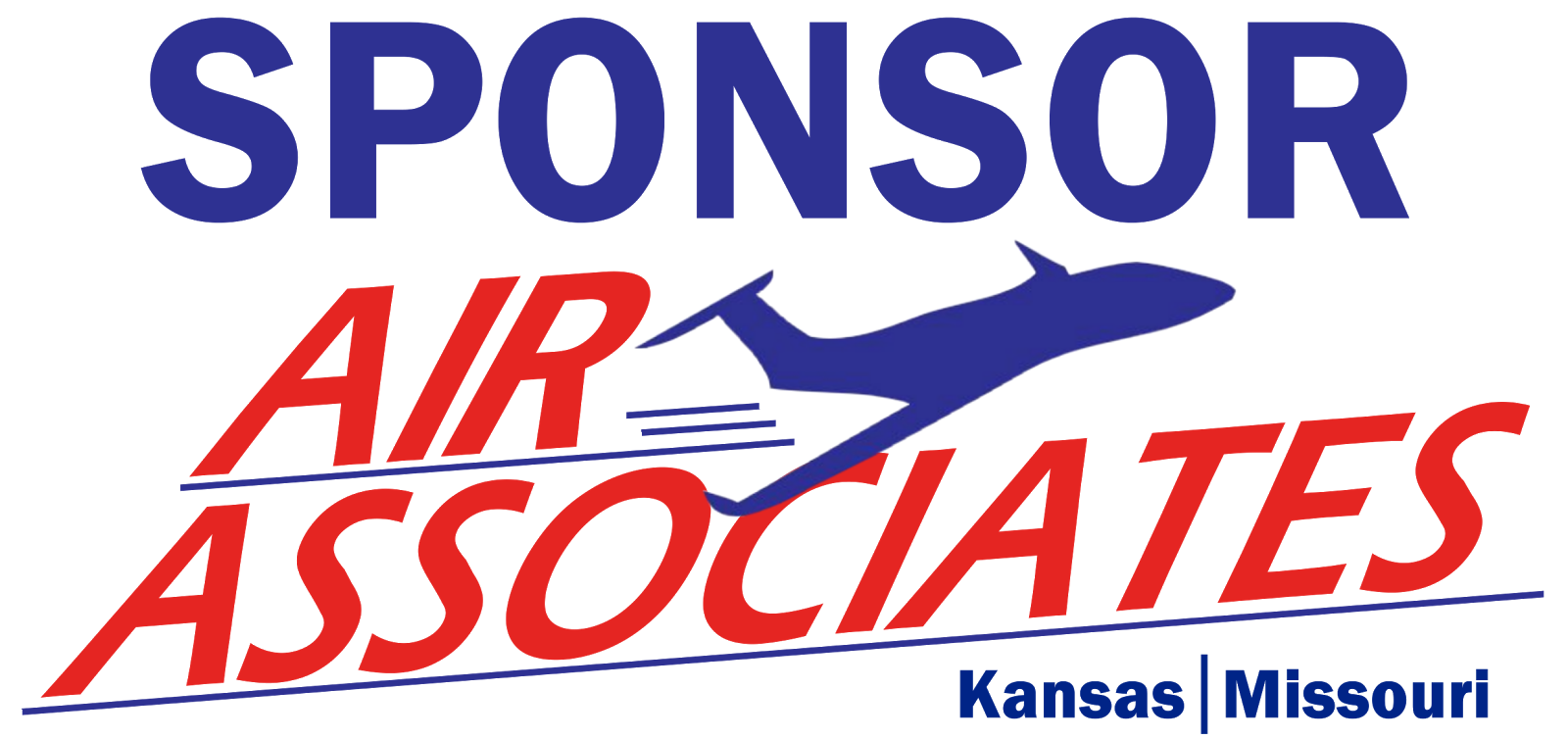 |
| Fred Harl and Carmelo Turdo |

 The highly-anticipated 6th Annual Midwest LSA Expo will be held at Mount Vernon Outland Airport in central Illinois September 4-6. The Aero Experience will start our week-long coverage of the Midwest LSA Expo with this preview of the event and profiles of the anticipated exhibitors. We also thought that we would combine this Midwest LSA Expo preview with some material we collected on the LSA manufacturers from our recent trip to EAA AirVenture Oshkosh 2014 sponsored by Air Associates of Missouri and Air Associates of Kansas.
The highly-anticipated 6th Annual Midwest LSA Expo will be held at Mount Vernon Outland Airport in central Illinois September 4-6. The Aero Experience will start our week-long coverage of the Midwest LSA Expo with this preview of the event and profiles of the anticipated exhibitors. We also thought that we would combine this Midwest LSA Expo preview with some material we collected on the LSA manufacturers from our recent trip to EAA AirVenture Oshkosh 2014 sponsored by Air Associates of Missouri and Air Associates of Kansas. The Arion Lightning is a composite, low-wing LSA built to use the Jabiru 3300 engine. It's 5.5 gal/hour fuel burn and 40 gallon fuel capacity gives this LSA impressive range. The aircraft can be purchased in kit form or factory-built from U.S. suppliers from the Shelbyville, TN headquarters.
The all-new Sport Cub and Carbon Cub SS are outgrowths of Jim Richmond's efforts to improve the Piper Cub's ability to operate in the bush environment (from Alaska to the jungle). New aircraft kits or pre-owned aircraft are available, and current aircraft can undergo a rebuild program to extend the service life. The factory is located in Yakima, Washington.

Pipistrel began producing powered hangliders and later powered gliders in Slovenia after the breakup of Yugoslavia. The Virus pictured represents the type that won the NASA Centennial Challenge in 2007 and 2008 for fuel efficiency.
Tecnam U.S. is the distributor for the Tecnam line of Italian LSAs. The company offers aircraft in the LSA, General Aviation and twin-engine airborne Surveillance classes. The P2008 and P92 Eaglet are pictured at left.
Vans Aircraft produces the iconic RV series of homebuilt aircraft. Over 8,000 kits have been delivered from the previous North Plains, OR and current Aurora, OR plants. The popular RV-9A is pictured at left near the Vans Aircraft exhibit.
Mexico, MO-based Zenith Aircraft is the producer of Zenair kits from designer Chris Heintz. Zenith aircraft are known to be builder-friendly and the company offers hands-on factory workshops The CH 650 low wing, CH 701 utility and CH 750 STOL aircraft are very popular LSAs.
TL Ultralight produces the Sting and Sirius LSAs in the Czech Republic using advanced composite material construction. The TL-3000 has impressive performance and can effectively be used in the training environment. The aircraft is imported by Sportair USA, and the Midwest's preferred distributor of TL Sirius aircraft is Swan Air.






























































